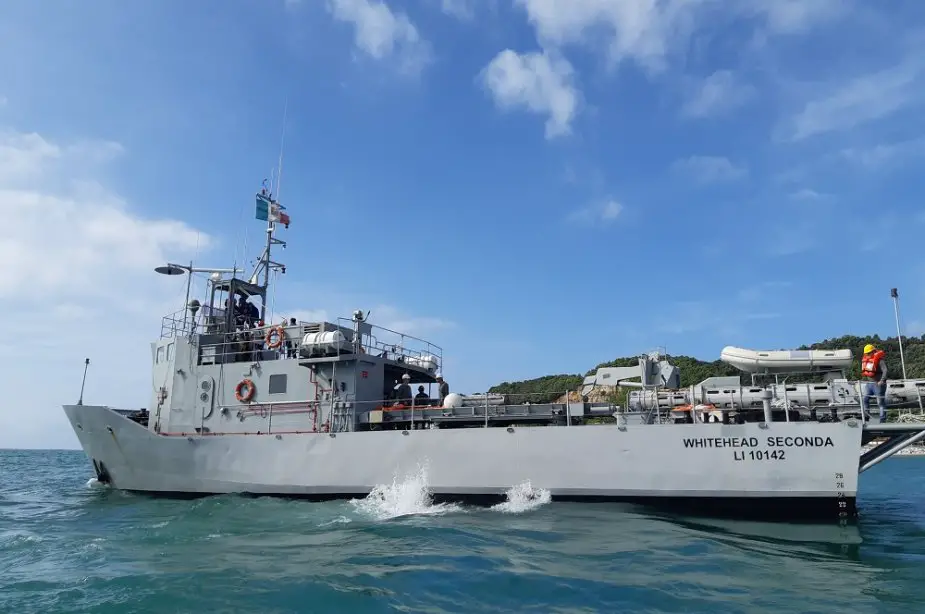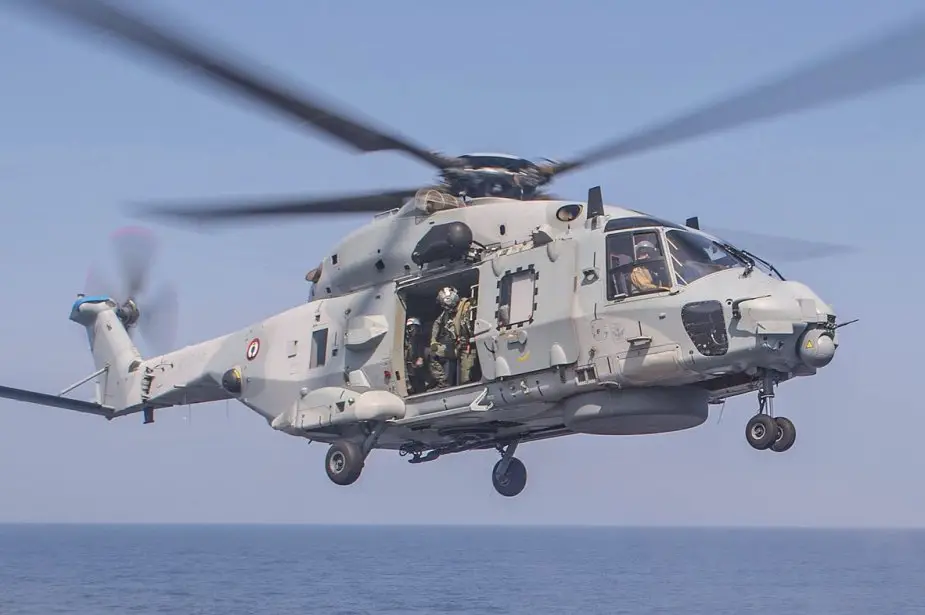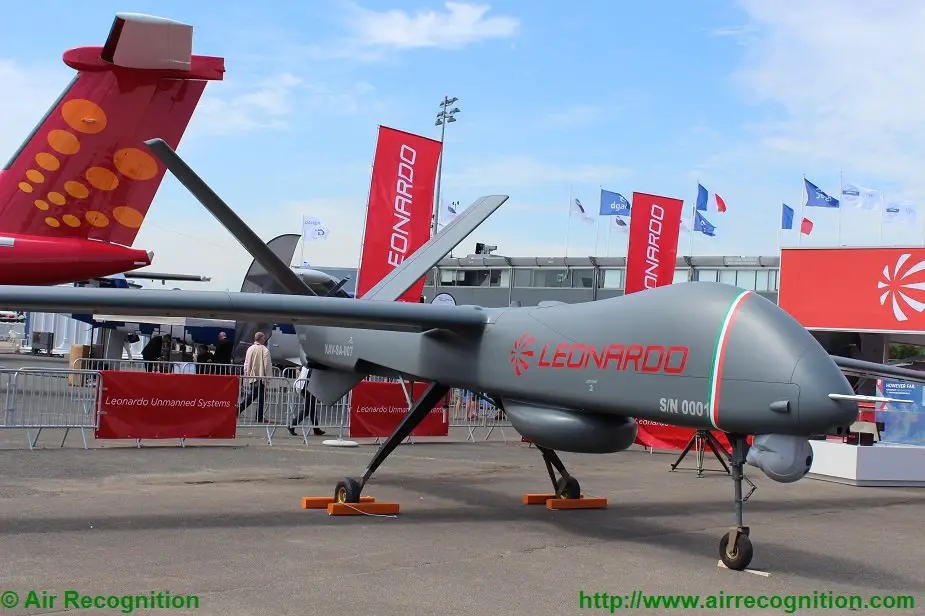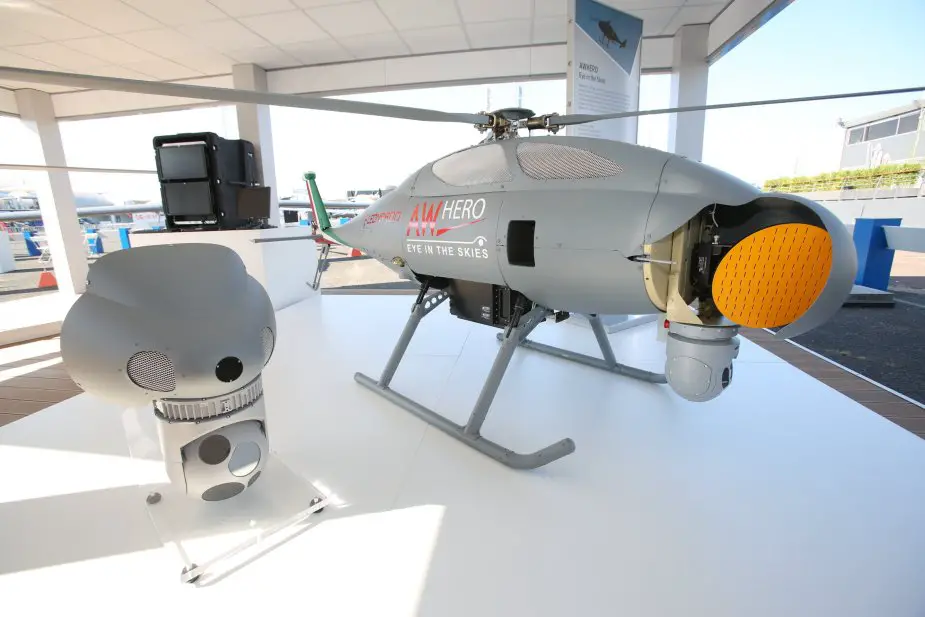Breaking news
Leonardo’s first Virtual Exhibition focuses on Naval capabilities for Middle Eastern maritime security.
Starting on 6th of July, the Italian-headquartered defence and security multinational company, Leonardo launched its first virtual exhibition, which aims to maintain the company’s marketing focus of its products and platforms in spite of the physical distance due to the Covid-19 pandemic.
Follow Navy Recognition on Google News at this link
 Leonardo’s ULISSES submarine-hunting acoustic system passes sea trials. (Picture source: Leonardo)
Leonardo’s ULISSES submarine-hunting acoustic system passes sea trials. (Picture source: Leonardo)
The virtual stand provides a digital version of Leonardo’s portfolio of capabilities for naval defence featuring high-definition 3D models and videos, overcoming physical and temporal limits thanks to new opportunities offered by the digitalisation.
An interactive display of a ship’s bridge presents Leonardo’s ‘naval cockpit’, where visitors are able to learn about the capabilities of a fully-integrated naval operations and combat system, including Leonardo’s small, medium and large-calibre naval guns (from 12.7 to 127mm), DART guided ammunition, protecting against missiles and highly-manoeuvrable targets, and the Vulcano family, a 76mm and 127mm precision ammunition that can accurately hit targets as far as 100 kilometres away.
Underwater technologies featured include the ULISSES (Ultra-LIght SonicS Enhanced System) integrated acoustic sensor system which incorporates ‘multistatic’ functionality, designed to ‘listen’ for hostile submarines and determine their locations, and the Black Scorpion mini torpedo (only 5”), designed to support the contact classification process with minimum cost and maximum flexibility and effectiveness.
 A French Marine Nationale NHIndustries NH90 NFH helicopter assigned to the frigate Provence (D652) lands on the flight deck of the U.S. Navy guided-missile cruiser USS Antietam (CG-54), not visible, during a bilateral exercise in the Bay of Bengal. (Picture source: U.S. Navy photo by Mass Communication Specialist 3rd Class David Flewellyn)
A French Marine Nationale NHIndustries NH90 NFH helicopter assigned to the frigate Provence (D652) lands on the flight deck of the U.S. Navy guided-missile cruiser USS Antietam (CG-54), not visible, during a bilateral exercise in the Bay of Bengal. (Picture source: U.S. Navy photo by Mass Communication Specialist 3rd Class David Flewellyn)
Leonardo boasts a leadership role in the naval helicopters sector, thanks to the widest and most modern range of products available on the market today; including, the AW101 three -engine medium-heavy helicopter, the medium twin-engine NH90 NFH (under the NHI consortium) and the intermediate twin-engine AW159, without considering other Leonardo platforms utilised for dual-use and capable of operating at sea and, in some cases, in embarked mode, in particular for surveillance and search and rescue tasks.
 The new Remotely-Piloted Air System (RPAS), the largest Leonardo has ever built, has successfully undergone its first test flight.(Picture source: Air Recognition)
The new Remotely-Piloted Air System (RPAS), the largest Leonardo has ever built, has successfully undergone its first test flight.(Picture source: Air Recognition)
The virtual exhibition features the readily exportable Falco Xplorer, Leonardo’s largest-ever unmanned platform which provides persistent, multi-sensor strategic surveillance with over 24 hours’ endurance, relaying information in real-time via secure satellite connection to C4I centres and the Rotary Unmanned Air System (R-UAS) AWHERO, Leonardo’s state of the art solution for land and naval operations including maritime and border surveillance, pipeline and power-line monitoring, supporting of search and rescue missions, thanks to its ability to take-off and landing from small platforms and naval deck.
 The Gabbiano UltraLight (UL) radar (Picture source: Leonardo)
The Gabbiano UltraLight (UL) radar (Picture source: Leonardo)
The Gabbiano UltraLight (UL) radar, integrated onto the AWHERO, is compact and lightweight, making it ideally suited to such ‘mini’-class unmanned vehicles as well as the smallest manned fixed and rotary-winged aircraft. The SAGE digital ELINT (Electronic Intelligence) sensor, already in service with the South Korean Navy, Brazilian Navy and Indonesian Air Force, with a built-in 360° radar-warning-receiver capability, is able to detect, identify and geo-locate Radio Frequency (RF) signals alerting operators to potential threats.


























